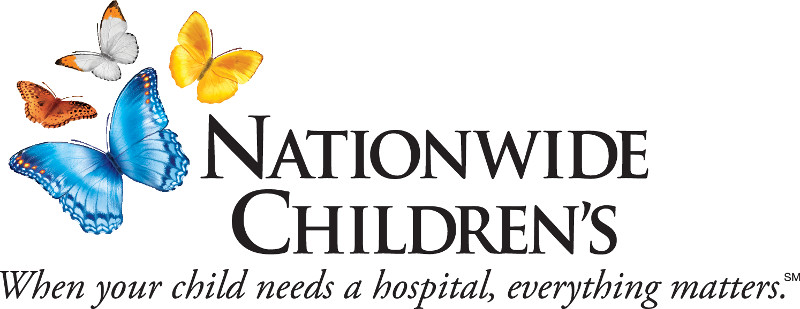Mary Ellen PeacockNationwide Children's Hospitalhttp://www.nationwidechildrens.org[email protected]614-355-0495
Newswise — According to a recent study by the American Academy of Pediatrics, concussions among middle and high school students are skyrocketing sending more than 100,000 adolescents and children a year to the emergency room. The Sports Medicine team at Nationwide Children’s Hospital recently introduced an extensive awareness program – called “Concussions in the Classroom” – in which they educate high school teachers about how to work with students who have suffered concussions.
A concussion is a traumatic injury to tissues of the body such as the brain. It is a result of a violent blow, shaking or spinning. Common symptoms include irritability, sadness, nervousness, being more emotional than usual, inability to concentrate, headache and sensitivity to light.
“Students who suffer from concussions may not be able to concentrate in class, and their work may really suffer,” said Steven Cuff, MD, a Sports Medicine physician at Nationwide Children’s Hospital. “A student who used to receive A’s may all of a sudden be getting C’s and D’s on tests and quizzes. Teachers should be aware of the symptoms students may face following a concussion in order for the student to recover properly.”
No two concussions are exactly the same. Developing brains are constantly changing, and one student’s symptoms may be completely different from another’s even if they sustain the same type of injury. Some students take longer to recover from a concussion for various reasons, so individualized treatment is necessary.
“You can’t treat every concussion the same,” said Thomas Pommering, DO, director of Sports Medicine at Nationwide Children’s, and also a faculty member at The Ohio State University College of Medicine. “While most kids will recover within a week or two, there are plenty of kids who struggle for weeks, months and occasionally even years.”
Treatment for concussions needs to not only occur within the classroom, but at home as well to ensure a full recovery. Abstaining from tasks that can be mentally straining will help the child in the healing process.
“At home, we want parents to make sure that the child isn’t doing other things that are detrimental to the healing process such as texting, using the computer and playing video games,” said Dr. Cuff, also a faculty member at The Ohio State University College of Medicine. “All of those things are actually making their symptoms worse.”
Through “Concussions in the Classroom: Awareness and Management Strategies for Teachers”, Nationwide Children’s hopes to educate the public about the dangers of adolescents suffering a concussion. Experts say that the program is one of the most extensive of its kind, and they hope to see it take hold in schools across the country.
If a child suffers a concussion, doctors recommend that the parent or caregiver contact their child’s school and let them know of the child’s diagnosis. It is important for parents to discuss and develop a plan with their child’s teachers and counselors in order to help the child heal properly.
Other tips for working with students who suffer a concussion:-Teachers should keep in mind that the child’s physician may recommend half-day attendance or absence from school.
-Students who have suffered a concussion should avoid extensive computer use, texting, video games, television, loud music and music through headphones.
-Students who have suffered a concussion should not participate in physical activity until cleared by their physician (this includes gym class and sports activities).
-The key to a speedy recovery is both physical and mental rest.
Additional information on concussions and other sports-related health and wellness topics can be found at www.NationwideChildrens.org/Concussions-in-the-Classroom.
